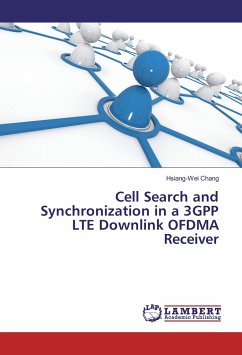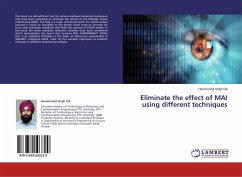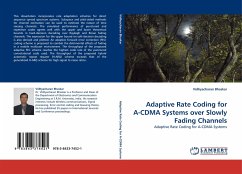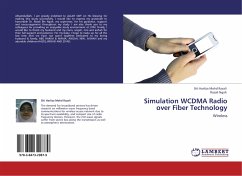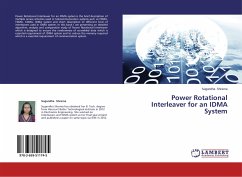To deal with the increasing demands on the mobile radio systems and data traffic, a successor of UMTS has been worked on, called Long Term Evolution (LTE). This will permit more powerful and better spectral efficiency of the transmission. Orthogonal Frequency Division Multiple Access (OFDMA) is used in the LTE downlink as a multiple access method. The uplink in the same is dependent on another method, Single carrier frequency division multiple access (SC-FDMA). The advantage of the method is that the signals exhibit lower peak to average power ratio (PAPR). In this thesis, we focused on the comparison of the performance of SCFDMA and OFDMA under different conditions. We analysed how SCFDMA can be considered a better model. We implemented synchronisation techniques (timing and frequency), including the respective blocks in transmitter and receiver. Algorithms were done for the same and the simulation of all the above was done using MATLAB.
Bitte wählen Sie Ihr Anliegen aus.
Rechnungen
Retourenschein anfordern
Bestellstatus
Storno


